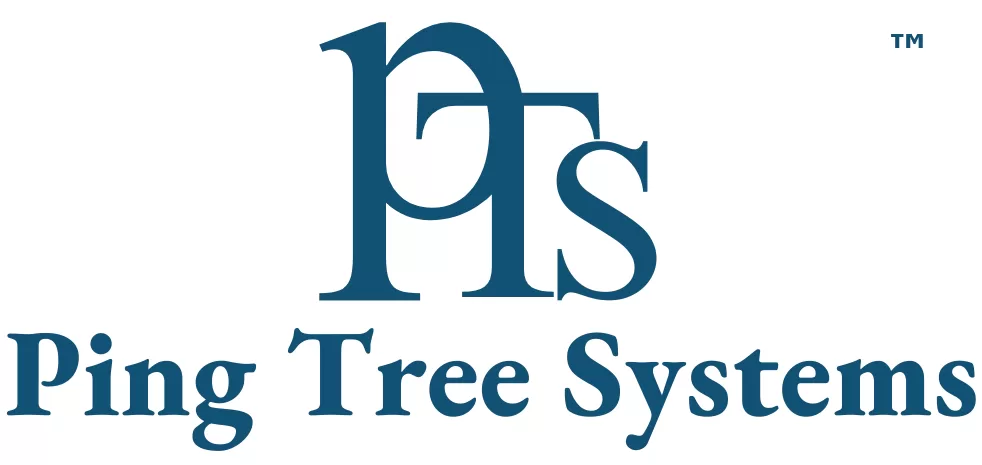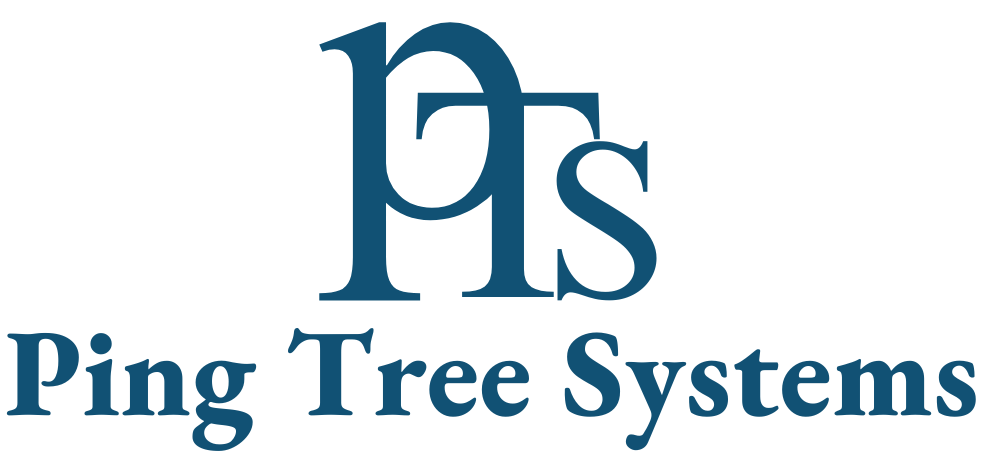The demand for renewable energy solutions is rising, with solar energy being one of the most sought-after alternatives. As more individuals and businesses look for ways to lower their energy costs and reduce their carbon footprint, the role of solar energy in lead generation has become increasingly crucial. However, one often overlooked aspect of solar lead generation is the role of energy savings in converting potential customers into actual clients. To effectively manage and distribute these leads, many businesses are turning to advanced technologies such as the Ping Tree System and Ping Post Software. These tools enable Ping Post Lead Distribution, ensuring that leads are quickly and efficiently routed to the right partners or sales teams, optimizing the chances of conversion.
Energy Savings as a Key Selling Point
One of the primary motivators for consumers seeking solar energy solutions is the promise of lower energy bills. Traditional energy costs from utility companies can be unpredictable and steadily increase, making it difficult for homeowners and businesses to control their expenses. Solar energy offers an alternative by providing a more stable, long-term solution for energy consumption. To effectively manage and route the influx of leads, businesses are increasingly turning to a Lead Distribution System and Leads Distribution Software. These tools help ensure that potential customers are matched with the right products and services, improving the efficiency of the sales process and boosting conversion rates.

Accurate Energy Consumption Assessment
To generate high-quality leads, it’s important for solar companies to perform an accurate energy consumption assessment for potential customers. By analyzing a customer’s current energy usage, solar providers can show how a solar system would offset these costs, allowing them to tailor their offerings based on actual needs. This personalized approach builds trust with leads, as they can see concrete figures on how much energy and money they can save. To maximize efficiency in reaching and converting these leads, many solar companies rely on lead distribution systems and Ping Post Lead technology, ensuring that leads are properly routed to the right sales teams or partners for timely follow-up and optimal conversion rates.
Social Proof and Case Studies
People love to hear about the real-world impact of a product before making a decision. By sharing case studies or testimonials from existing customers who have seen significant energy savings, solar companies can effectively build credibility and trust with leads. Social proof in the form of customer stories allows prospects to envision themselves in similar situations.
Additionally, these case studies can highlight the financial savings, reduced energy bills, and environmental benefits, providing a comprehensive view of why investing in solar is a smart financial and sustainable choice. To further streamline the lead generation process, many companies leverage a Solar Industry Leads System, ensuring they can efficiently capture, manage, and distribute high-quality leads to the right sales teams, increasing the chances of successful conversions.

Government Incentives and Financial Savings
Another powerful tool in solar lead generation is discussing government incentives. Many countries and regions offer tax credits, rebates, or other incentives for individuals or businesses that switch to solar energy. These programs can significantly reduce the upfront cost of installing solar panels, making it more affordable for potential customers.
When discussing energy savings, it’s important to include how these incentives can increase the overall savings. For example, a solar system that would typically take 7 years to pay back might be reduced to a 5-year payback period with the help of tax credits or rebates. Highlighting the impact of these financial incentives can accelerate the decision-making process for leads.
Harnessing Technology to Improve Lead Generation
Technology plays a major role in improving solar lead generation by helping companies track and optimize their efforts. By utilizing lead generation tools and software, solar companies can gather valuable data on potential customers, track their energy usage, and predict savings with a higher degree of accuracy.
Solar companies can also use solar calculators on their websites, which allow leads to input their energy consumption and receive an instant estimate of how much they could save by switching to solar. This seamless and informative experience helps prospects visualize the potential savings, making it easier for them to commit to a consultation.
Energy Savings as Part of the Bigger Picture: Sustainability
While energy savings are often the main focus of solar energy leads, it’s important to remind prospects of the broader impact that going solar has—sustainability. Many consumers are increasingly aware of environmental issues, and they see solar energy not only as a way to save money but also to contribute to the fight against climate change.
By focusing on both energy savings and environmental benefits, solar companies can appeal to a broader audience. Lead generation efforts can include messaging around how switching to solar reduces carbon footprints, conserves natural resources, and supports a cleaner, greener future.

